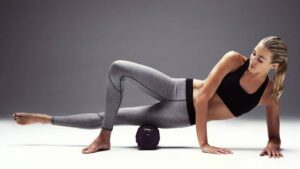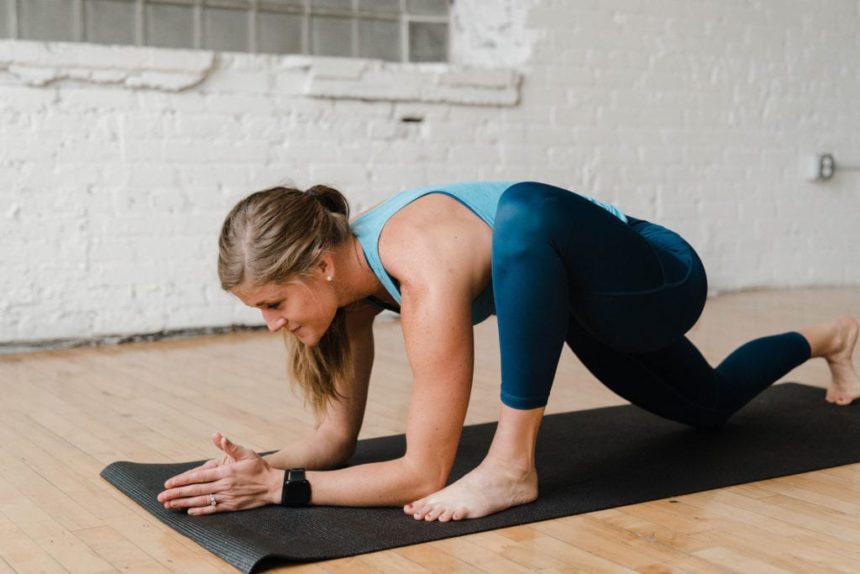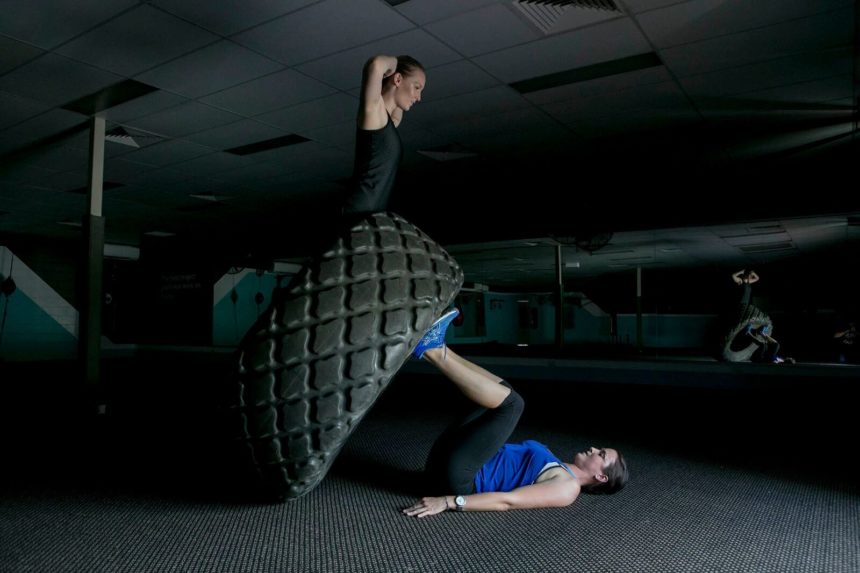When thinking about fitness, what commonly comes to mind is muscle, strength, endurance, and fat loss. Another extremely important component to fitness, often overlooked, is mobility. Often, athletes place this at the top of their priority list; but of course, to the typical gym goer, it isn’t as cool as a muscle up or a 200kg deadlift. Mobility is a great indication on how efficiently we move and can make a huge difference when it comes to progression in the gym.
So, what is mobility? Mobility involves the ability to move without restriction or pain, meaning we can comfortably perform our activities of daily living, as well as any strength and fitness training that we make part of our routine. If you have mobility issues, your body won’t be functioning the way it should, and overtime you will experience more wear and tear and general discomfort. When you exercise, you will essentially be performing faulty movements under higher intensity, causing greater stress on the body, which can lead to injury long term.
The good news is that everyone benefits from mobility exercises, regardless of age, gender, training schedule, or lifestyle. If you’re struggling with tight hip flexors from sitting all day, or have difficulty clasping your hands behind your back to reach between your shoulder blades, then mobility will be your new best friend. Consistent mobility training can help improve the way your body moves and feels during daily activities and exercises. While we’re at it, here are a few more reasons you should be adding mobility to your daily exercise regime:
1. Performing mobility exercises can improve posture
Are you one of those very normal people that suffer from a rounded upper body and shoulders, along with tight hip flexors? Mobility exercises can correct these changes and prevent the nasty headaches and pains that come with poor posture long time. Having an increased Range of Motion (ROM) will also allow you to move more freely, having you sitting upright in your chair, without slumping over with your shoulders rolled forward.
2. Reduces risk of injury
Our body is a beautifully integrated system. For every movement there are numerous muscles, tendons, and ligaments that work together in unison. If joint mobility is reduced, other muscles, tendons, and ligaments are overworked to compensate; leading to strains and injuries within the body. Having a well-oiled machine as a body means that the body is more likely to work in harmony, with mobility work preventing any pains and strains.
3. Decreases muscle soreness
Tight muscles can pull on a joint and cause pain. Pain in the front of the knee is a common complaint and is often related to tightness in the quadricep muscles. Using a foam roller to roll out/release the quadriceps can be particularly useful, and can almost instantly release muscle tightness and reduce pain.
4. Active relaxation
Forms of mobility exercise, such as Pilates and Yoga, can act as a form of mental relaxation and reduce stress alongside improving your strength, balance, and flexibility.
5. Improves your regular workout routine
As mentioned previously, mobility allows your body to move more freely. When you perform a movement using a joint’s full range of motion, you engage more muscles. The more muscles you recruit, the more powerful and intense your workout. Win, win!

So, where should you start? Incorporating some controlled mobility in your warmup can help to improve your positions, thereby improving power output and performance. Mobility work prior to training also allows you to strengthen your body in your new and improved range of motion, solidifying the effects. Warmups are generally designed to prepare the body for movements in the coming workout, so it is important to add in mobility work that assists with correcting any positional issues you may have. While addressing all areas of mobility is important, you should focus on specific arears that you know are tight or have a history of limited movement. Common problem areas include the hips, shoulders, knees, and upper back – but every body is different so you should definitely check in with your own body and tailor your mobility work to your own needs as best you can.
The key is to move regularly; if you don’t use it, you lose it. At the end of the day, simply moving more in a variety of ways assists with increasing mobility. Adding some yoga into your routine can be very beneficial, because not only are you increasing your flexibility by holding stretches and poses, you are also creating body awareness and motor control by working with your breath.




